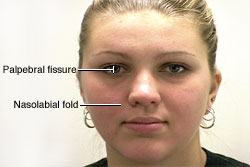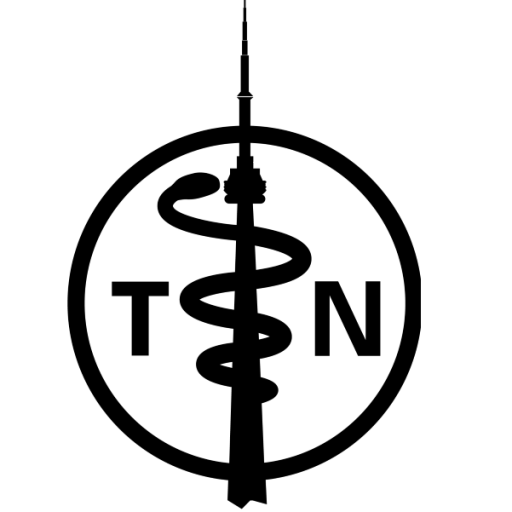The major role of the facial nerve is to innervate the muscles of facial expression. These can be observed while taking the history and then more formally assessed during the neurological examination.
Examination Technique:
- observe for asymmetry – widening of the palpebral fissure or flattening of the nasolabial fold.
- observe for involuntary facial movements (e.g. hemifacial spasm, orofacial dyskinesia, myokymia, or synkinesis).
- ask the patient to wrinkle their forehead by raising their eyebrows and close their eyes tightly. Observe for asymmetry of ability to burry the eyelashes and palpate for differences of ability to resist eye opening. Ask the patient to show their teeth, puff out their cheeks and appose their lips.
- recall that the efferent limb of the corneal reflex (see trigeminal nerve) is through the 7th cranial nerve.
Normal Response:
although patients may have an asymmetric face, there should be no facial weakness.
Abnormal Response:
- lower motor neuron weakness causes weakness of the entire side of the face with equal involvement of upper and lower facial muscles.
- an upper motor neuron lesion of the contralateral supranuclear pathway results in weakness primarily of lower muscles of facial expression. The upper muscles of facial expression (frontalis and orbicularis oculi) are much less affected because the facial nucleus that innervates them receives partial input from the ipsilateral hemisphere.

